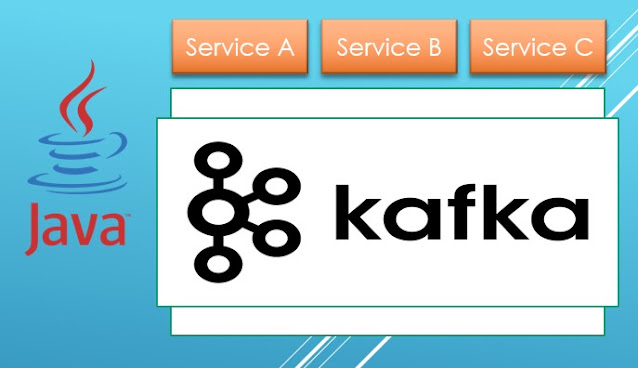HTML CSS Ripple Effect When User Click Any Button
 |
| Button click ripple effect |
As a UI/UX developer, I sometimes need to implement cool effects from other platforms that aren't natively supported in my environment. One example is the material design Ripple effect. Below, I've included some CSS and JS code to override the button click effect to use the material ripple effect.
The ripple effect is like a droplet of water. When you click or touch the button, it shows ripple effects, adding more interaction and feedback for the user. This helps users know exactly that their action has been registered.
As UI/UX developers, it's crucial to provide feedback to users to indicate that their actions have been registered, preventing them from clicking the button multiple times out of uncertainty. This ripple effect accomplishes that.
When working on Android mobile devices, native UI components often include material design elements by default, such as the ripple effect when using material design. However, web interfaces can be a bit outdated, only supporting basic interactions like black and white highlights by default.
By implementing custom effects like the ripple effect, we can enhance user interaction and provide a more engaging experience, similar to modern mobile interfaces. This is a key aspect of what we do as UI/UX developers, ensuring users have a smooth and intuitive experience across different platforms.


